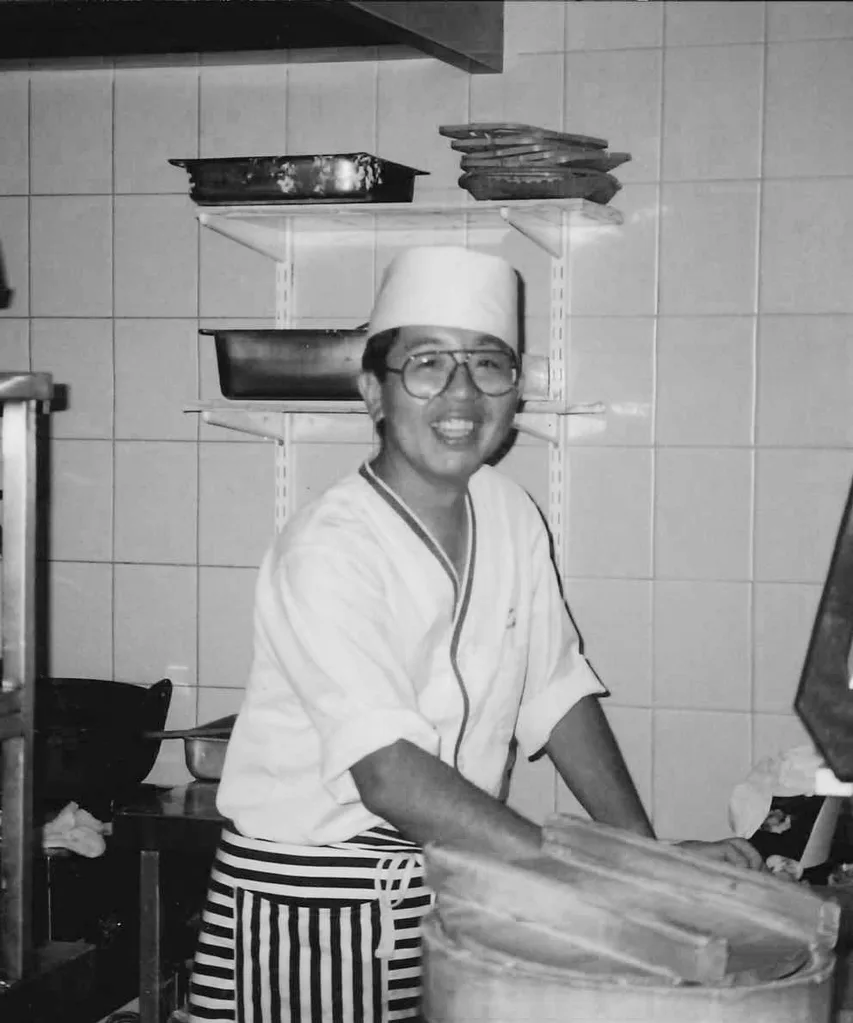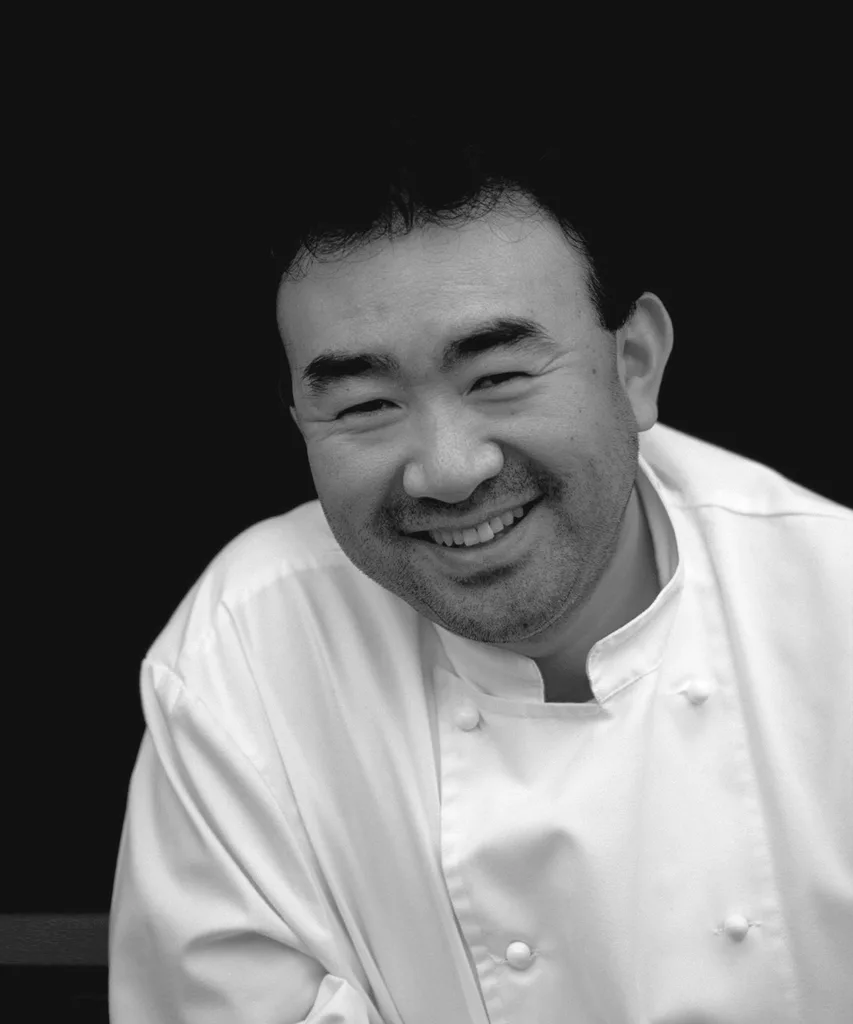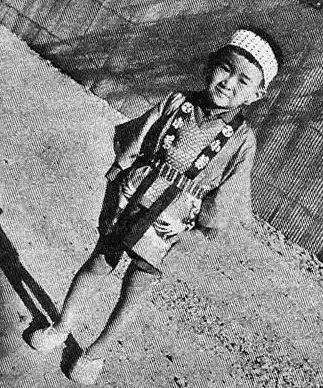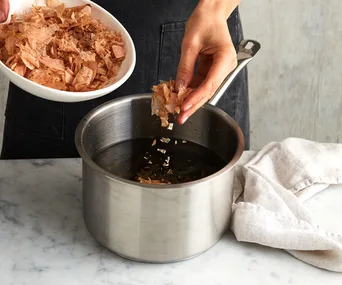Australia, one can confidently say, is crushing hard on Japanese food. From exclusive, seemingly impossible-to-book omakase restaurants such as Minamishima in Melbourne or Sushi E in Sydney, to regional styles of ramen and Hokkaido baked cheese tarts, Australia’s Japanese dining options deliver across the board. While this diversity is impressive, even more remarkable is how quickly Japanese food has established a foothold in this country.
Food historians believe Australia’s first Japanese restaurant was not a restaurant, but rather the Sukiyaki Room pop-up operated by Chieko Yamasaki in 1957, inside Dungowan Restaurant in Sydney’s Martin Place. The following year, she moved the restaurant to Kings Cross and, in 1961, rebadged Sukiyaki Room as Sukiyaki House.
Other establishments began opening throughout Australia with operations such as Brisbane’s Little Tokyo (1966), Melbourne’s Sukiyaki Licensed Restaurant (1970), Perth’s Sukiyaki (1972), and Adelaide’s Samurai (1972), each being the first Japanese restaurant in their respective cities.
(The popularity of Sukiyaki as a Japanese restaurant name, suggests chef Kozo Shigeyoshi of Perth’s longest-running Japanese restaurant Shige, can be attributed to the English name given to Japanese singer Kyu Sakamoto’s chart-topping song, “Ue o Muite Aruk¯o”).
Born in Amagasaki in Japan’s Hyōgo prefecture, kaiseki-trained Shigeyoshi was one of many Japanese chefs that migrated to Australia in the ’80s: a knock-on effect of the two countries’ blossoming economic relationship. But while Shigeyoshi and his peers brought plenty of know-how to local shores, Australia’s limited range of Japanese products at the time caused problems for these recent arrivals.

Chef Shigeyoshi at Shige on Mends Street, Perth in 1996.
Chefs only had access to selected brands and some products were affected by the long sea journey to Australia. Cost was another hurdle. A bottle of Kewpie mayonnaise in the late ’80s set cooks back $12: a sizeable chunk of their weekly $200 salary. Limited access to dry goods aside, fresh ingredients in Australia were also different to what was available in Japan.
“If you went to a vegie shop, all you could see was potato, onions and carrots,” says Toshi Nomura, a native of Kanazawa in Japan’s Ishikawa prefecture, who moved to Perth in 1982 to work as the Japanese consul-general’s private chef. In 1986, he opened Sado Island, another of Perth’s veteran Japanese restaurants. “If you were lucky, you’d see cabbage. There were no snow peas, green beans or anything. If I wanted broccoli, I had to make a special order in advance.”
This lack of ingredients led to some memorable early moments in Australian-Japanese fusion cooking. For Nomura, these included recasting salami as part of the otsumami (snack) course of his menus, and serving guests deep-fried gyoza filled with cheese. In Melbourne, chefs tell stories of using broccoli stems as a stand-in for fresh gobo (burdock root) and making yakisoba (stir-fried noodles) with packets of number five spaghetti.
One cornerstone of Japanese cooking that wasn’t so easily replicated, however, was the country’s seafood, both in terms of the quality of the catch – sardines, while revered in Japan and served as sushi and sashimi, were little more than bait in the ’80s and accorded little respect by fishermen – and the diversity of species being fished. Still, opportunity was in the water.
“Okay, so it’s not cold water, so the fish [in Australia] hasn’t got as much fat as in Japan,” says Tetsuya Wakuda, arguably Australia’s best known Japanese chef. While Wakuda’s credentials are well-established today, when he arrived in Australia in 1982, he was a 22-year-old student who spoke little English. “With a little bit of creativity, you can use olive oil and other things to give a little richness to the fish. It won’t be 100 per cent like what you have in Japan, but there’s no point comparing the two [countries]. It’s learning how to work with local ingredients.”

Chef Tetsuya Wakuda.
While Wakuda is best known for his signature confit ocean trout, his seafood improv routine began while working for the late Tony Bilson at Kinselas. Bilson asked Wakuda if he could make sushi at the wedding of the daughter of business partner, Leon Fink, unaware that Wakuda knew nothing about making sushi other than what he had picked up as an observant regular at Potts Point Japanese restaurant, Edosei. (Edosei founder Keitaro Makuuchi also established Go-Shu, Australia’s first sake brewery). Nonetheless, Wakuda said yes and, in his words, “cheated a little” and made canapé-style sushi with lightly cooked rather than raw toppings. Guests loved it, sushi was added to the Kinselas’ menu, and the legend of Wakuda grew.
Somewhat fittingly, Wakuda’s rise mirrored the growing popularity of Japanese cuisine in Australia throughout the ’80s and ’90s. Japan’s strong post-war economic recovery led to heavy investment in the Gold Coast, as well as further immigration. (The 1987 opening of the Gold Coast International Hotel – now QT Gold Coast – and its in-house Japanese restaurant Yamagen brought chefs Satoru Nagashima and Mitsuo Yoshino to Queensland). Pioneering fishmongers such as Yuki Tabata of Sydney’s Nippon Seafoods and Yoshi Arai of Oceania Seafoods in Melbourne were hooking customers up with sashimi-grade fish, while distributors Jun Pacific and Japan Food Corp both established a national presence. Still, growing pains were part of the story. Or at least they were for chef Ikuei Arakane.

Four-year-old Wakuda in Shizuoka prefecture, Japan.
Born in Hyōgo prefecture, Arakane came to Melbourne in 1987 to work at Collins Street restaurant Teppanyaki Inn (opened in 1975, it is Melbourne’s longest running Japanese restaurant). In 1997, he was part of the opening team of Koko, Crown Melbourne’s Japanese teppanyaki restaurant. While management was happy to invest in high-end Japanese wagyu beef and handmade urushi-nuri (lacquerware), not everyone at the restaurant was aware of their value. (Kitchen hands put the delicate crockery through the dishwasher, while five-figures’ worth of poorly stored wagyu had to be binned). Despite these hiccups, Koko – and Taxi Dining Room, during a later stint as head chef – allowed Arakane to challenge opinions about Japanese cooking.
“Lots of people were telling me that Japanese cuisine is easy and all about cutting fish and serving it raw,” says Arakane. “But in Japanese cooking, your technique and preparation before you cook is just as important. In Japan, you spend years learning things like how to wash rice, handle seafood and the importance of going to the market and picking your own ingredients.”
But while protocol and tradition are integral to Japanese food, it also enjoys a healthy share of the popular vote: or at least it does in Australia where it’s slotted into our cosmopolitan way of eating.
Sushi can be found alongside takeaway meals and drinks in supermarkets and convenience stores everywhere. Japanese-style pork cutlet and egg-salad sandos are an integral part of Australian sandwich culture. Sake, dashi and binchotan-burning konro grills are as likely to be found at natural wine bars as they are at izakayas and big-ticket fine diners. In short: the foods and flavours of Japan are here for both a good time and a long time.
“In the ’90s everybody wanted to try different cuisines and eat more new things,” says Wakuda. “Whether we were confident or not, we had to introduce more things to guests. When all of that happened in the mid ’90s, that’s what created mod-Oz cuisine. Nowadays, what chef doesn’t use soy sauce? Who doesn’t use wasabi?”


.jpg?resize=380%2C285)